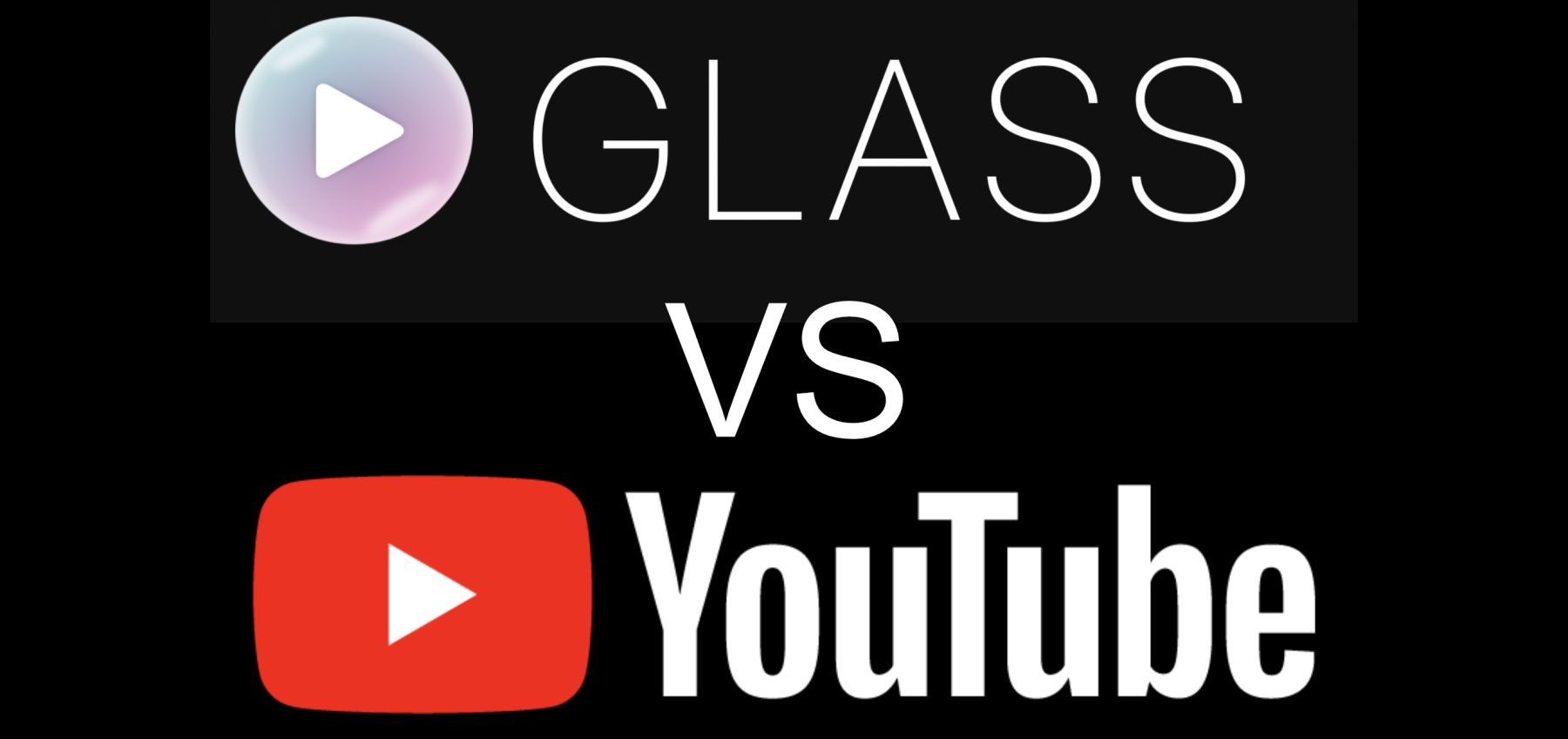
Is Glass Better than YouTube for Creators?
Moviemakers and content creators finally have a way to get their art out into the world and have it live forever. This can be done while monetising their creations without middlemen unfairly benefiting or censoring them – Glass Protocol.
Developer and content creator Nader Dabit recently tweeted about his experience using Glass (glass.xyz) and Arweave. And it seemingly surpassed expectations. Let’s have a closer look at what happened and see what Glass has to offer.
I literally earned more in 24 hours on @glassprotocol than I did in over 5 years on YouTube
My 2 hour web3 developer tutorial is now available for free, forever, with ZERO ads, thanks to web3, @ArweaveTeam, & Glass Protocolhttps://t.co/RahE29WQkv
— nader (????, ????) | nader.lens (@dabit3) March 17, 2022
The auction
In his in-depth video tutorial uploaded to Glass – The Complete Guide to Full-Stack Web3 Development – Nader explained the essential tools, programming languages, and protocols needed by any developer to build a full-stack Web3 app. This includes JavaScript, React Polygon, Solidity, and more.
The video has a runtime of just over 2 hours and was minted as an NFT on the 15th of March and, in turn, put up for auction. Approximately 5 hours later, a bid came in for 2.08 ETH, and the following day, the bidder won the NFT of the video. The bid came from a now almost drained wallet funded via a transfer of funds from a Coinbase wallet. The transaction can be seen below (taken from Etherscan).
When the auction ended, the 2.08 ETH was worth approximately $5485, and the results indeed impressed Nader, as can be seen in his tweet. To earn the same amount simultaneously on YouTube, the video would need to have approximately 1m views.
It’s all about permanence
The best part of buying a video via Glass is that the content is permanent, and can also be owned, something that YouTube can not brag about. The video and its metadata are uploaded to Arweave’s Permaweb after the NFT mint on Glass is complete.
The permanence and NFT aspects are the two major causes of increased interest. If you wonder why someone might pay such high amounts for videos on Glass, here is the answer: NFT standards, via blockchain tech, allow one to prove ownership of digital content, which was not possible on Web2. Below you will find a screenshot of the Arweave transaction ID for Nader’s video NFT.
Glass protocol
Glass’ simplicity and intuitiveness cannot be understated.
When uploading a video, you are taken through a 30 step form that will ask you for all the information needed to get your NFT minted properly and marketed on the Glass’ page. Through the form, you can even schedule a call with one of the founders of Glass to ask any additional questions you may have.
When it comes to monetising content, creators can choose between three different options:
- Auctions are for large, shorter-term sales and should be done if 1) you know you have whale collector(s) and/or 2) you’re willing to shill hard for your community to fund a PartyBid.
- Liquid Editions (PRISM) should be used to increase your exposure in the Web3 space by attracting a lot of collectors by giving a large percentage of the funds you would receive back to your collectors. The NFT is always-on-sale, but the downside is you – the creator – get less in the short term.
- No monetisation at all.
Glass takes a 10% platform fee on all sales, with the remaining 90% of sales going to the creator.
Take back control of your content and try Glass here.
We are still early, and as soon as people realise the power of protocols like Glass.xyz, the user numbers will go parabolic. Nader is just one of many, who have used Glass to better monetise their content (new or existing) over using Web2 streaming services like YouTube or Vimeo.
Creators of any kind of video content can benefit from using Glass.
Join our
